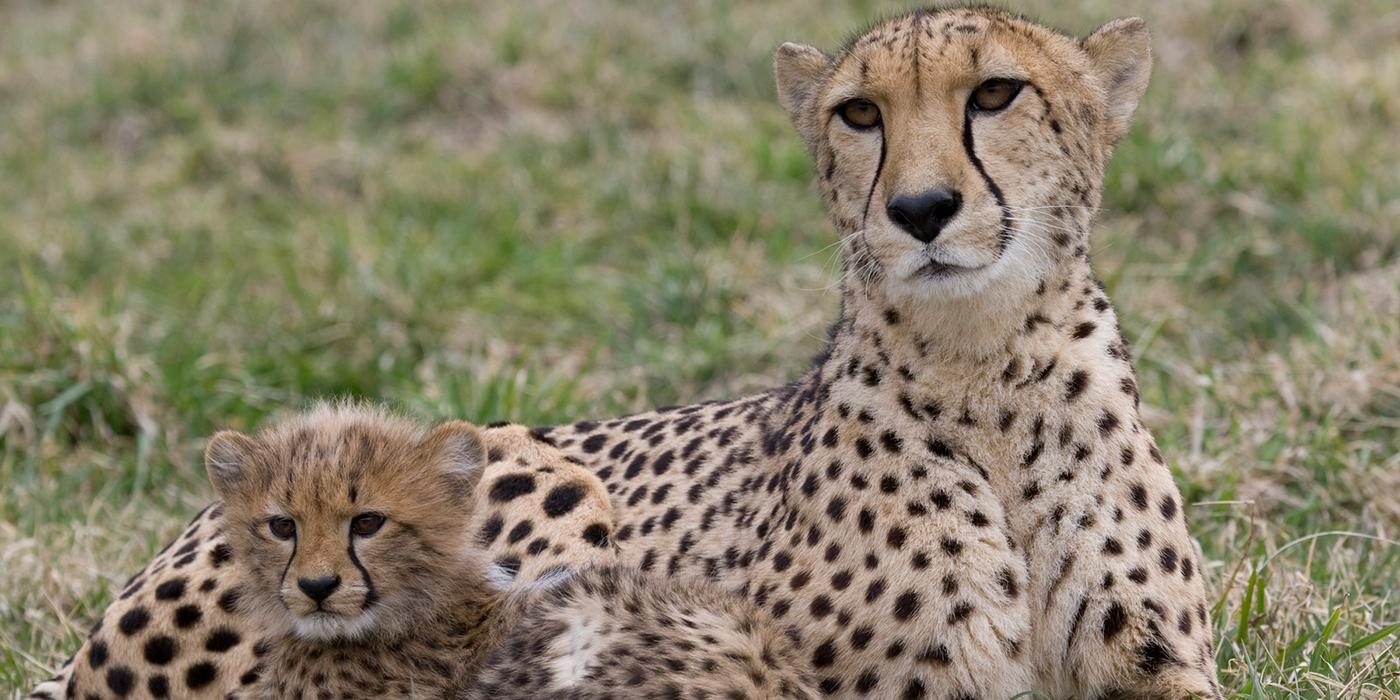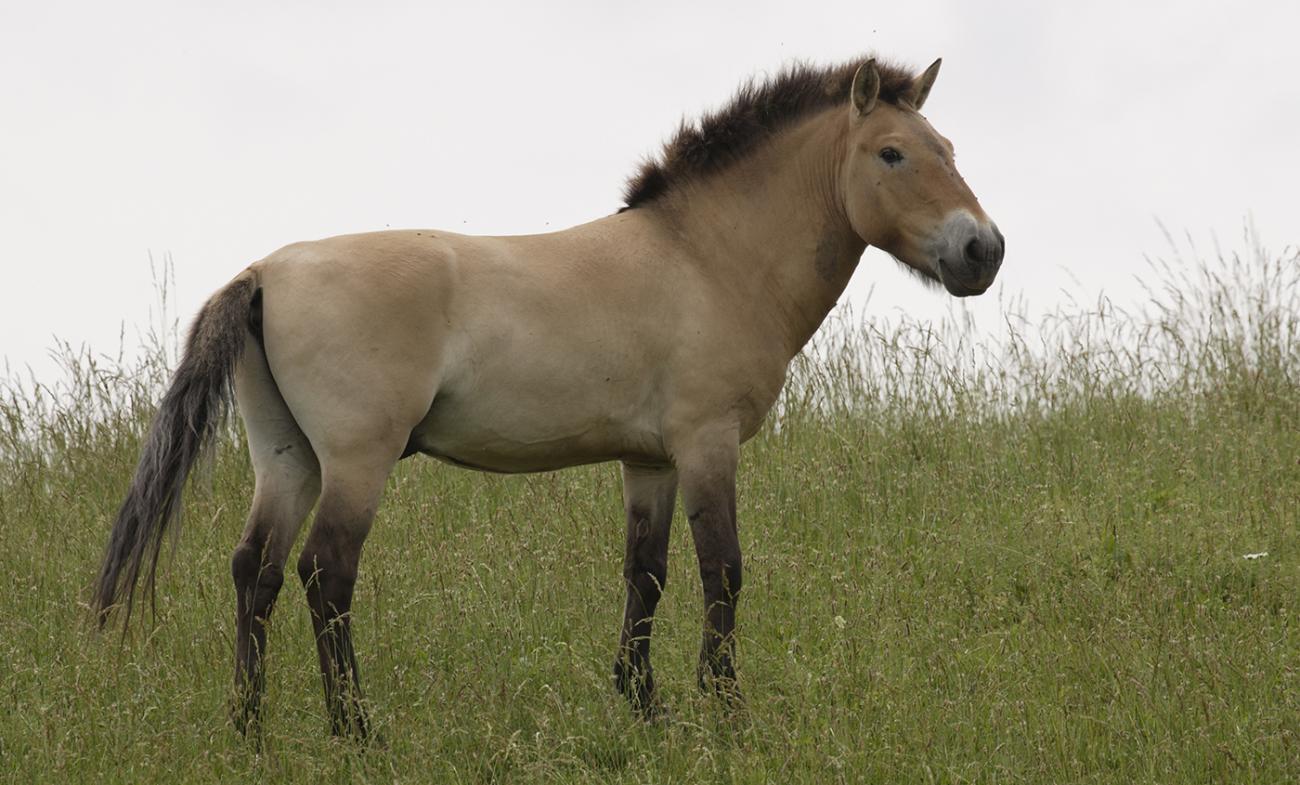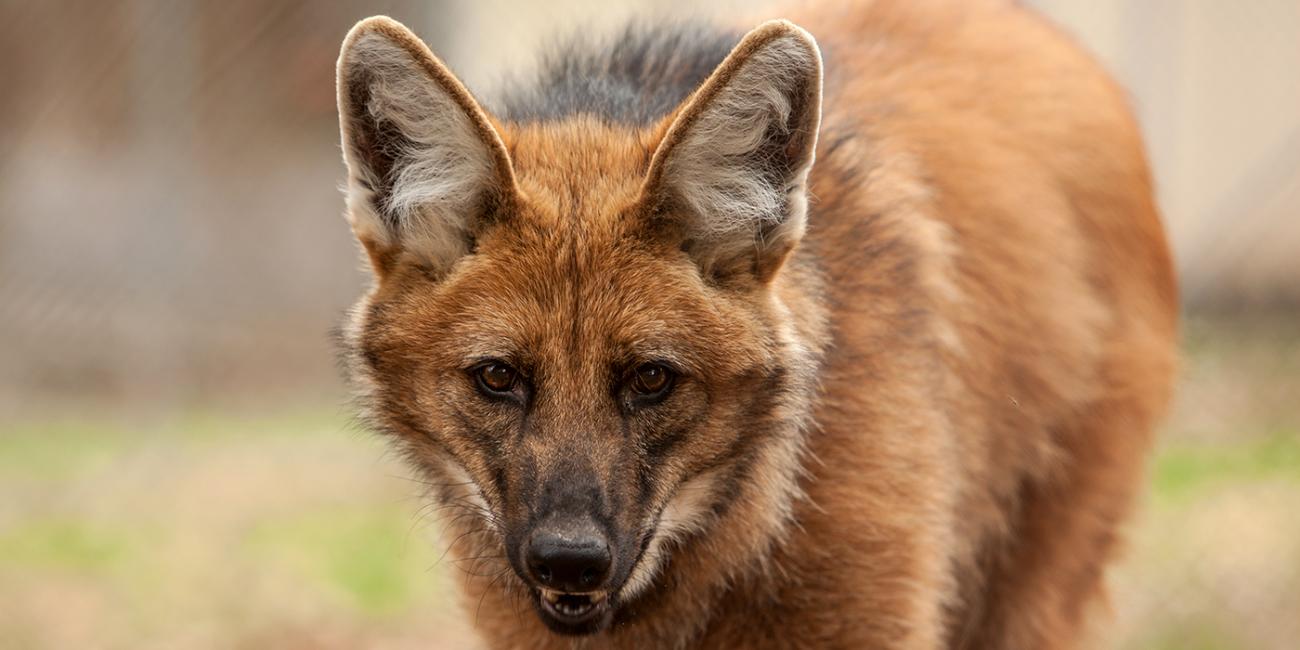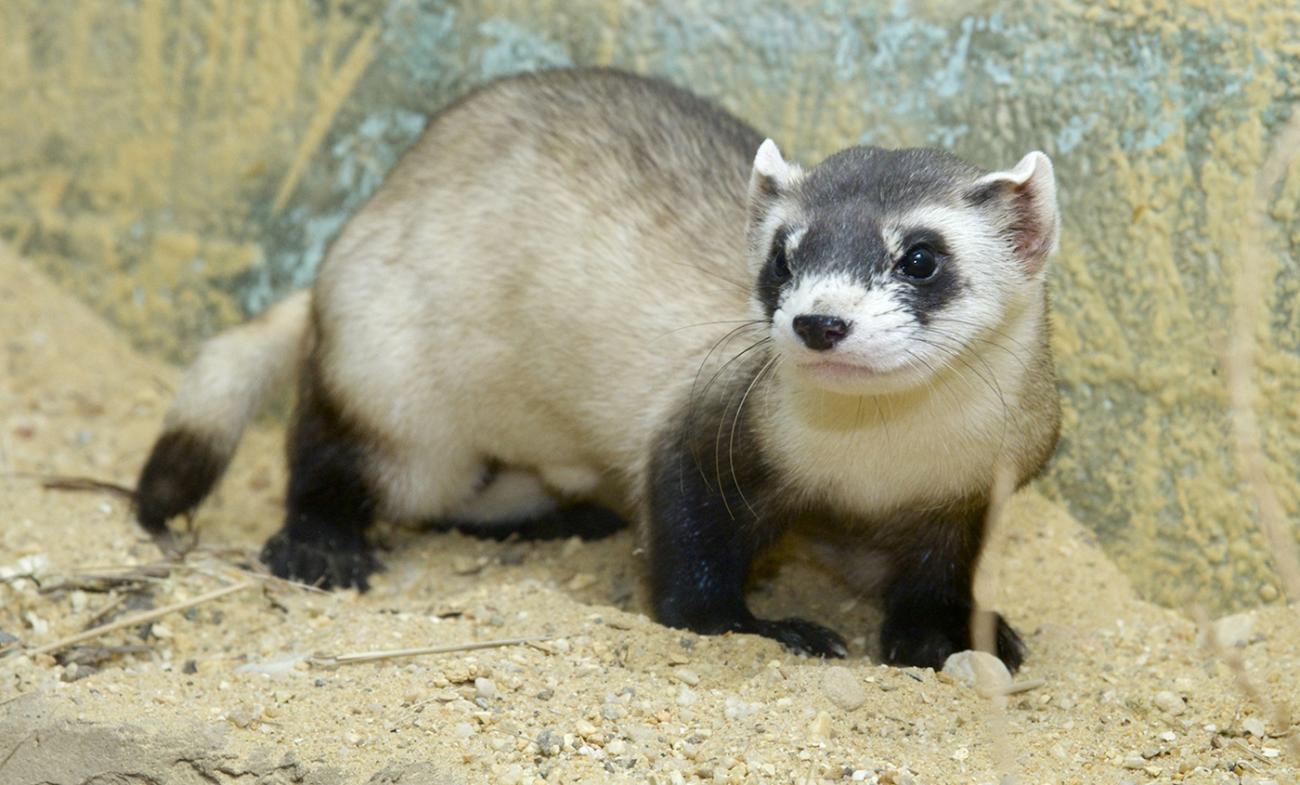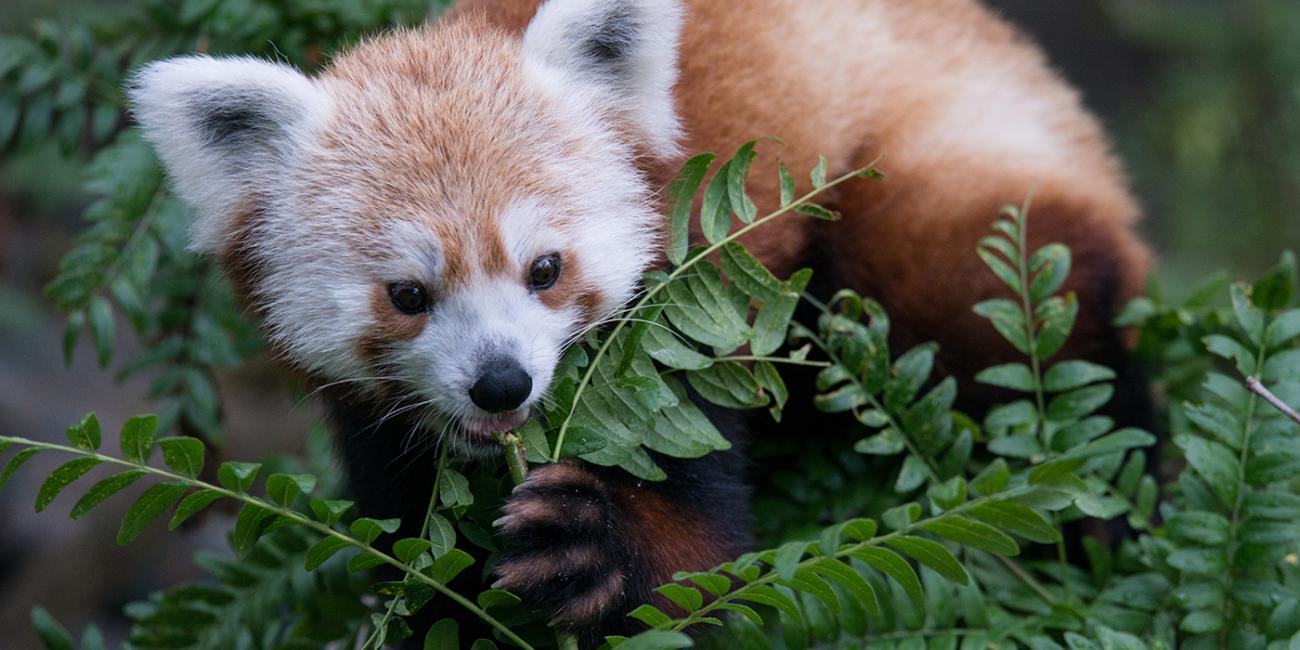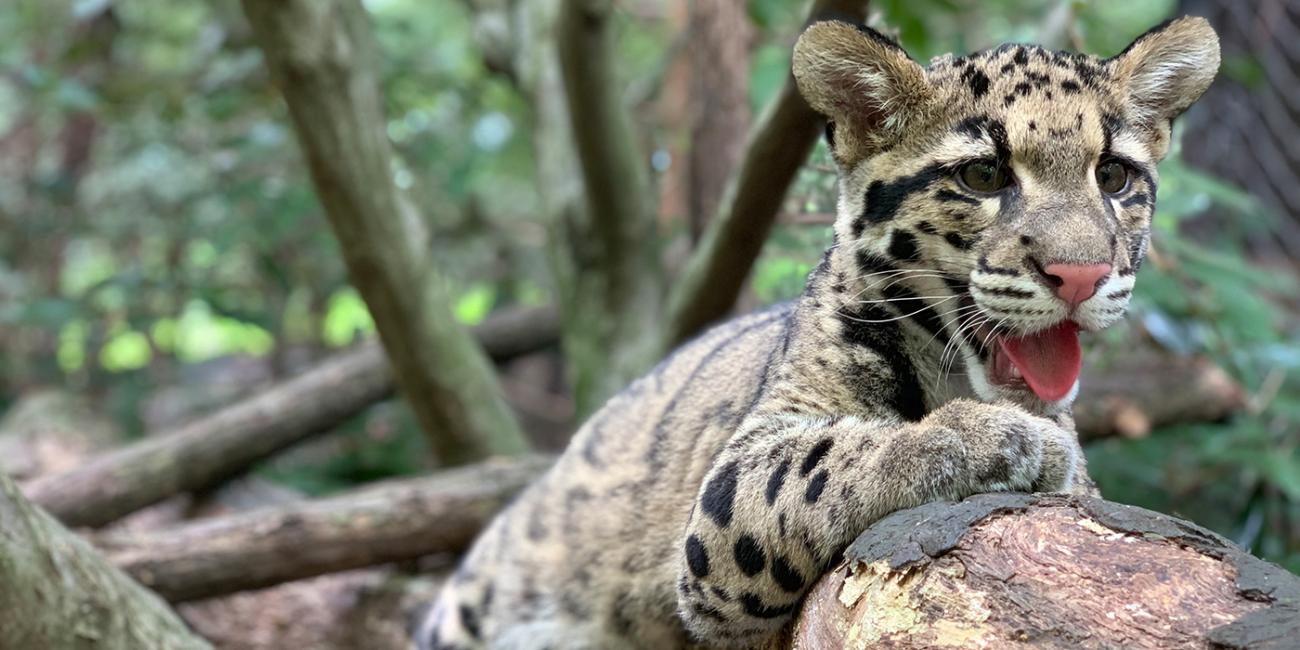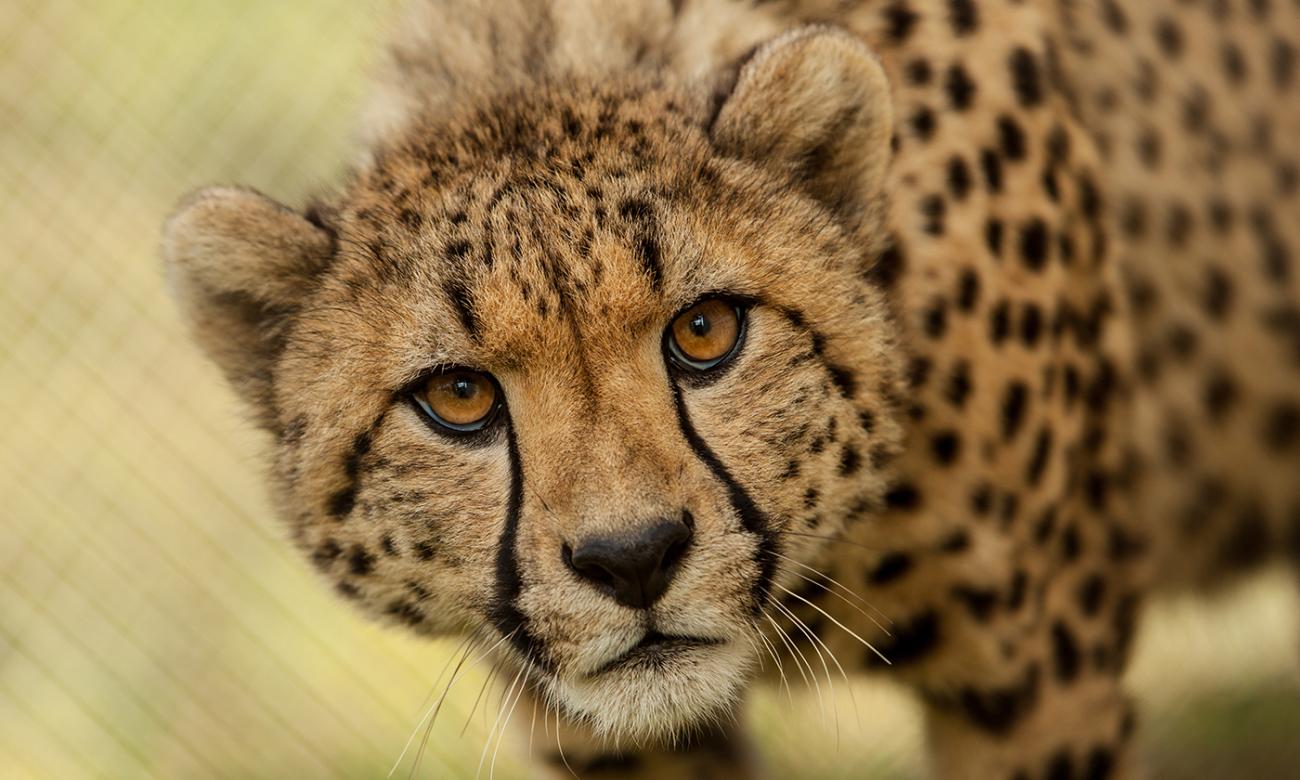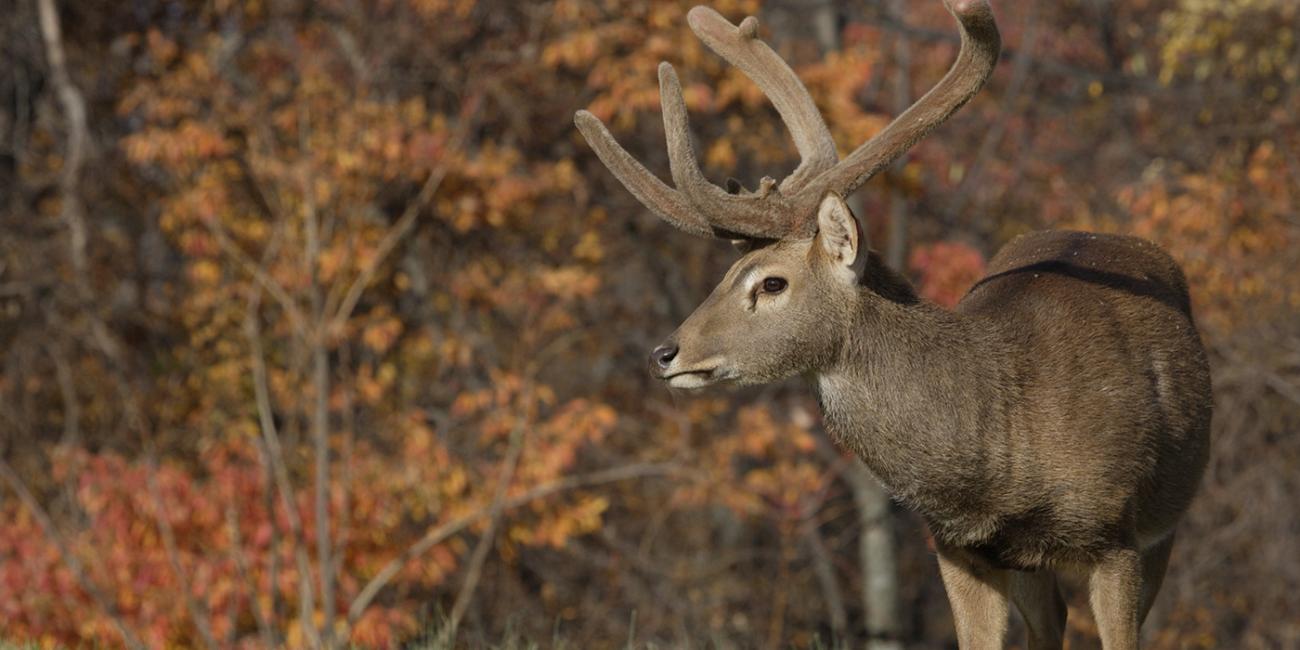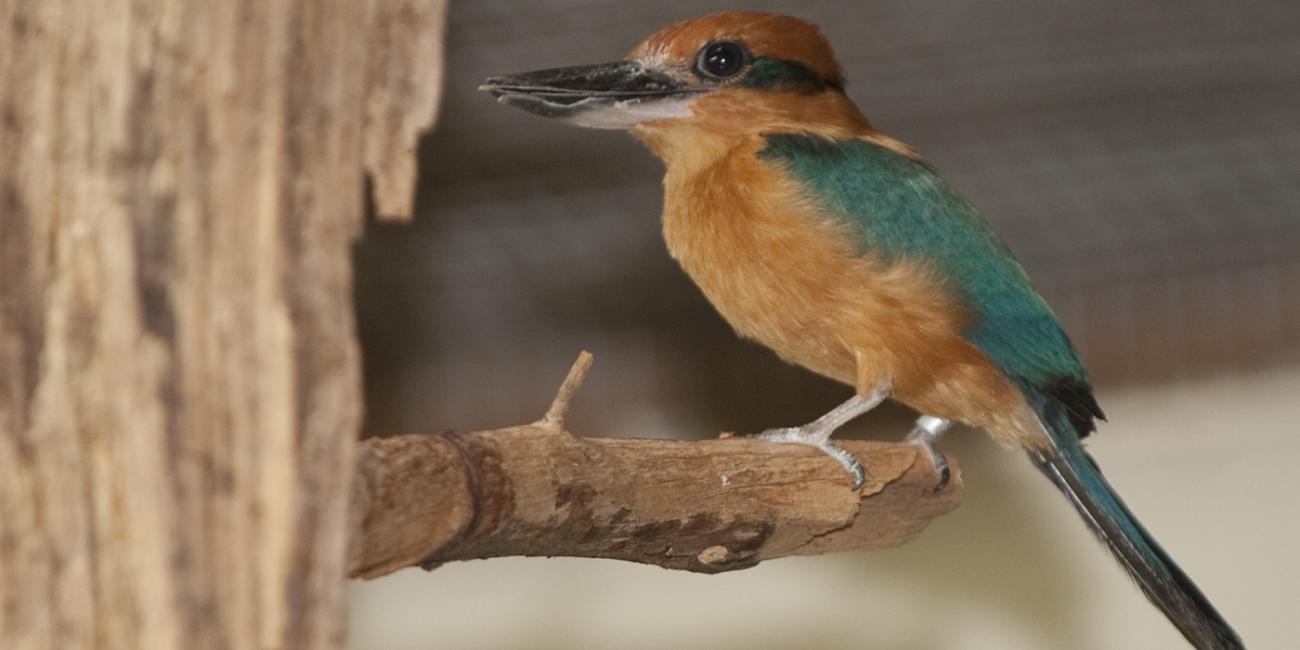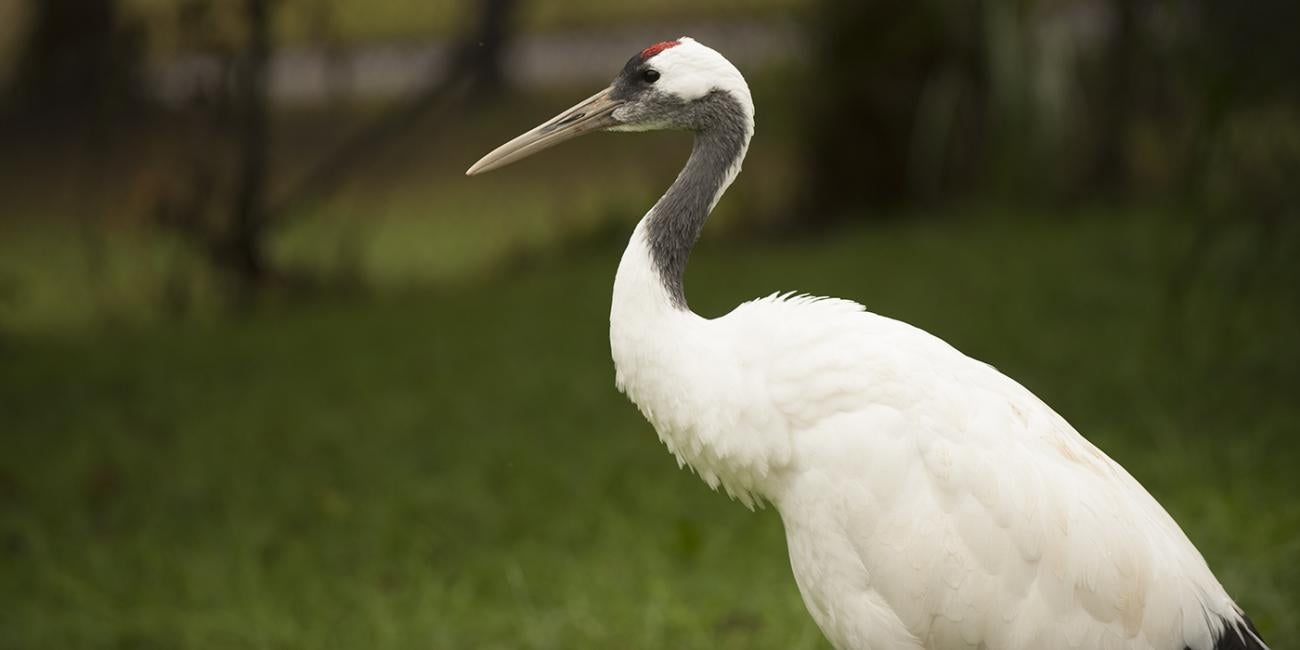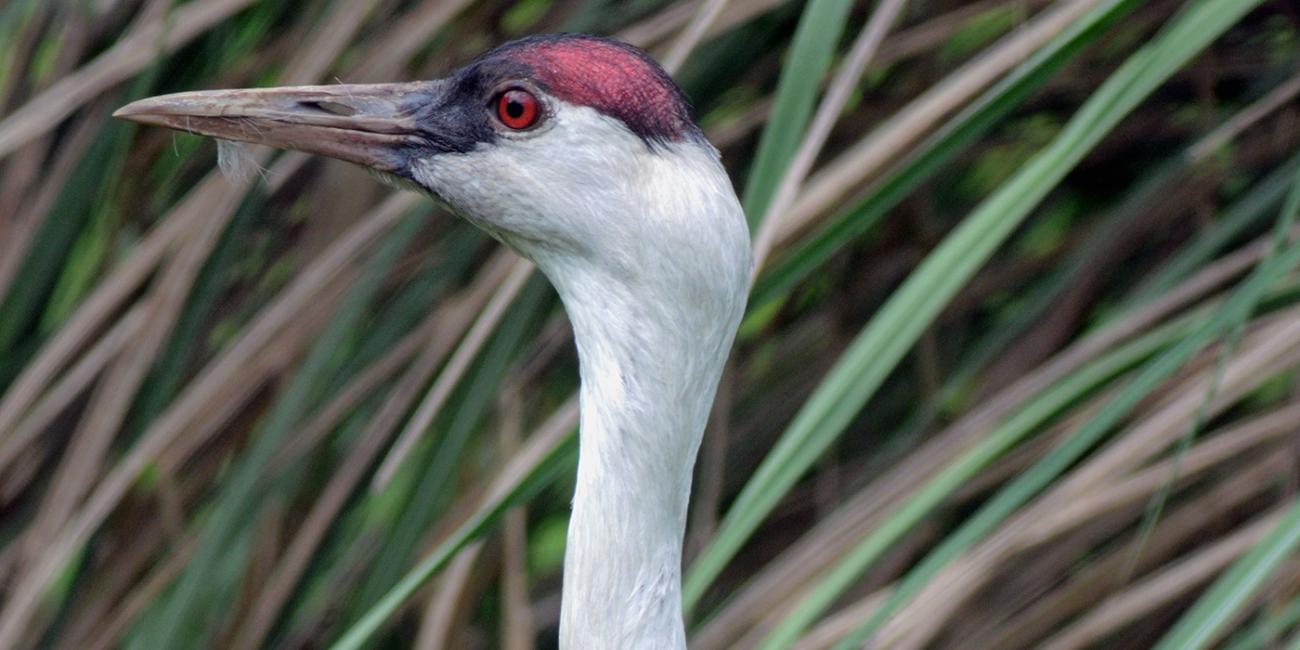Department of Animal Programs
The Department of Animal Programs team currently manages 12 mammal and nine bird species in 24 specialized barns and building complexes spread over more than 1,000 acres at the Smithsonian Conservation Biology Institute in Front Royal, Virginia. This special environment allows for unique studies that contribute to the survival of threatened, difficult-to-breed species with distinctive needs, especially those requiring large areas, natural group sizes and minimal public disturbance. Especially noteworthy is our ability to maintain and manage species on a scale impossible to do in traditional ‘urban’ zoos. Therefore, the Center for Species Survival (CSS) can manage significant-sized populations (for example more than 25 Przewalski’s horses or cheetahs). The major benefits are:
- Increased numbers of animals that improve options for mating and the chance of reproduction
- Vastly improved research opportunities as scientists have access to scientifically significant animal numbers
- The unique structure of the Center for Species Survival means that the center head is both a scientist and animal manager, which ensures that the collection is available consistently for research to improve knowledge and to produce sustainable populations, which is often not possible in a traditional urban-based zoo
The goals are to study, propagate and manage species in order to maintain viable populations, utilize the living collection for education and research and when necessary, for reintroductions. The Department of Animal Programs will continue to maintain ongoing projects and build capacity so that it can respond to newly identified conservation needs. The Department supports other conservation practitioners and organizations to improve the understanding of rare species biology and enhance reproduction and management with an emphasis on three general ‘types’ of species: those that have had a historical commitment by SCBI research scientists who are conducting basic and/or applied research, Species Survival Plans and Taxon Advisory Groups, and in assisting colleagues at federal and state wildlife agencies. Examples of these species include the black-footed ferret, Eld’s deer, Przewalski’s horse, maned wolf, red panda, clouded leopard, Guam kingfisher, red-crowned crane and Bali mynah.
The animal collection plan is also shaped by partnerships, especially the Conservation Centers for Species Survival (C2S2) consortium. This has included leadership in the Cheetah Sustainability Program, the Source Population Alliance (examining the value of ‘herds’ and collaborations between the public and private sector) and an emerging Bird Sustainability Program (currently largely focused on cranes). However, C2S2 also identifies and addresses other priority species that can benefit from large spaces, natural group sizes, minimal public disturbance and research, such as the Przewalski’s horse and Persian onager.

